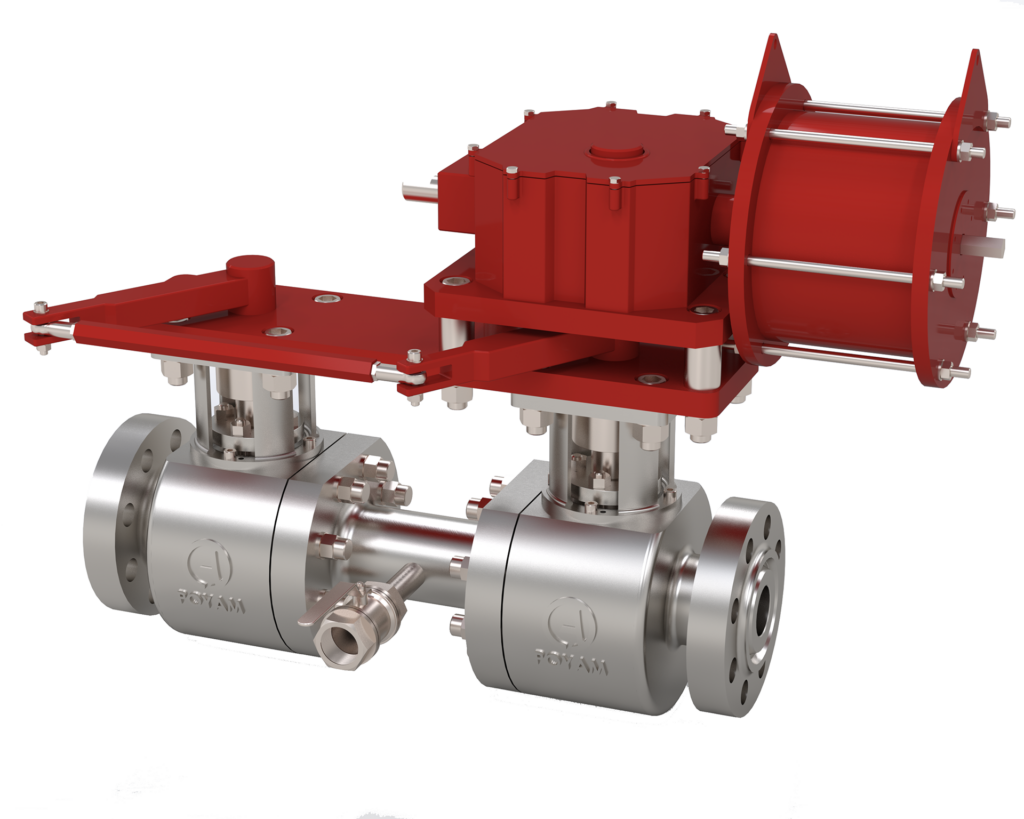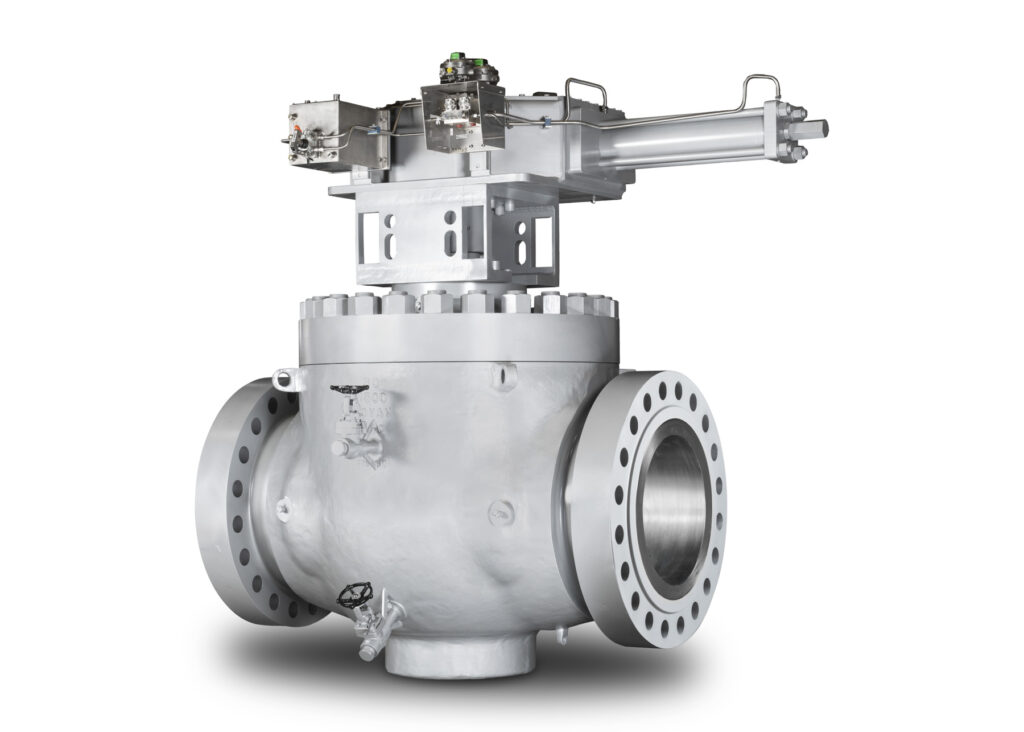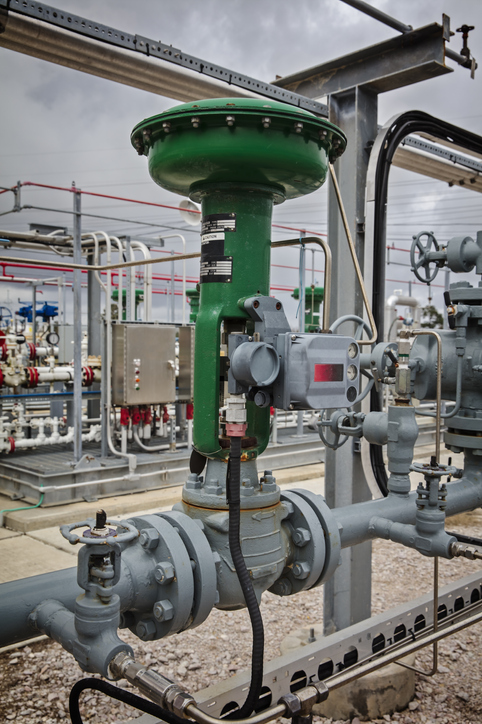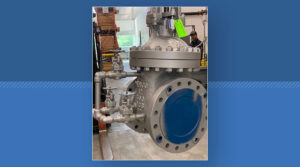Severe Service Valves

In the realm of valves, the term ‘severe service’ signifies operating conditions that pose challenges beyond the ordinary. A severe service valve must withstand extreme conditions such as high pressures, corrosive environments, or fluctuating temperatures. Understanding the qualifications for a severe service valve involves a meticulous examination of its construction materials, design features, and performance capabilities. This article delves into the stringent criteria that define a valve as ‘severe service’ and explores how these qualifications contribute to the reliability and longevity of the valve in demanding industrial applications.
Key Qualifications for Severe Service Valves
-
- Temperature Extremes: Severe service valves often operate in environments with extreme temperatures. They must endure both scorching heat and freezing cold without compromising their structural integrity. Materials used in these valves should resist thermal expansion and contraction, maintaining functionality in the harshest thermal conditions.
-
- High Pressure: Valves in severe service must withstand immense pressure without leakage or structural failure. Robust construction and reinforcement ensure the integrity of the valve under such stress.
-
- Corrosive Environments: Many severe service applications involve exposure to corrosive substances, such as acids or aggressive chemicals. Severe service valves need to be constructed with specialized alloys or coatings that resist corrosion effectively.
-
- Abrasive Media Handling: In certain industries like mining or materials processing, severe service valves encounter abrasive materials. The valve design must account for the abrasive nature of the media it handles. Hardened surfaces, wear-resistant materials, and innovative engineering techniques ensure longevity under abrasive conditions.
-
- Critical Processes: The consequences of valve failure in critical industrial applications can be severe. Hence, the valves must exhibit reliability, durability, and precise control to ensure the smooth operation. Redundancy and fail-safe mechanisms are sometimes incorporated for added assurance.
-
- Cyclic Operations: Some severe service applications involve cyclic operations, where the valve experiences frequent opening and closing. Valves require high-cycle fatigue resistance, ensuring they can endure repetitive operations without succumbing to wear and tear.
-
- Radioactive or Hazardous Environments: Severe service valves may be exposed to radioactive materials or hazardous environments. This demands specialized construction using materials that withstands radiation or resist chemical reactions in hazardous settings. Stringent safety standards govern the design of valves for such applications.
Ball Valves

Courtesy: Ampo Poyam
Ball valves are crucial components in severe service applications, where they face demanding conditions that require robust engineering and specialized features. Understanding the typical components of a ball valve in severe service allows for better valve specification.
-
- Specialized Materials: Ball valves for severe service originate from materials that can withstand corrosive substances, extreme temperatures, and high pressures. Stainless steels, exotic metals, and sometimes even ceramics ensure longevity and reliability.
-
- Advanced Sealing Mechanisms: In severe service applications, where leaks can have significant consequences, valves require the deployment of multiple seals and tighter tolerances. This may also take the form of extended bonnet systems and stem stabilization.
-
- High-Temperature Resistance: Given that severe service environments often involve elevated temperatures, the typical ball valve for such applications contains features that resist heat-induced wear and maintain optimal performance even in high-temperature settings.
-
- Anti-Abrasive Design: In scenarios where abrasive media is present, the ball valve design requires specialized metal or metal coatings to reduce the negative impact of the ball valve. Coatings, hardened surfaces, and innovative design elements protect the valve from damage caused by abrasive substances.
-
- Fail-Safe Features: Fail-safe features may involve redundant fail-over flow paths, emergency shut-off capabilities, or other fail-safe mechanisms to prevent catastrophic failures.
Control Valves

Control valves in severe service applications regulate fluid flow, pressure, and temperature under challenging conditions.
-
- Sturdy Construction: Control valves typically use similar forms yet feature more robust construction than their normal duty counterparts. Heavy-duty materials, often alloys and hardened steels, ensure structural integrity and resistance to the rigors of severe operating conditions.
-
- High-Temperature Capabilities: Severe service often involves high temperatures. Depending on the temperature, exotic materials, cooling mechanisms, or specialized coating may provide degradation protection.
-
- Precise Actuation Systems: In demanding applications where precise control is paramount, control valves for severe service incorporate advanced actuation systems. This ensures accurate and responsive control over fluid flow, pressure, and temperature, contributing to the efficiency and safety of the process.
-
- Cavitation and Erosion Resistance: Severe service conditions may lead to cavitation or erosion, impacting the longevity of control valves. Hence, these valves contain features that resist cavitation and erosion, such as anti-cavitation trim designs and erosion-resistant materials. Additive manufacturing and post-installation retrofit options even exist to reduce cavitation.
-
- Smart Positioners and Instrumentation: To enhance control and monitoring, control valves may include smart positioners and instrumentation. These technologies enable precise positioning of the valve and provide real-time data on process conditions, contributing to the overall efficiency and reliability of the system.
-
- Fail-Safe Mechanisms: Understanding the critical nature of severe service applications, control valves often incorporate fail-safe mechanisms. These features ensure that in case of power loss or other critical failures, the valve assumes a predetermined safe position to prevent unwanted consequences.


